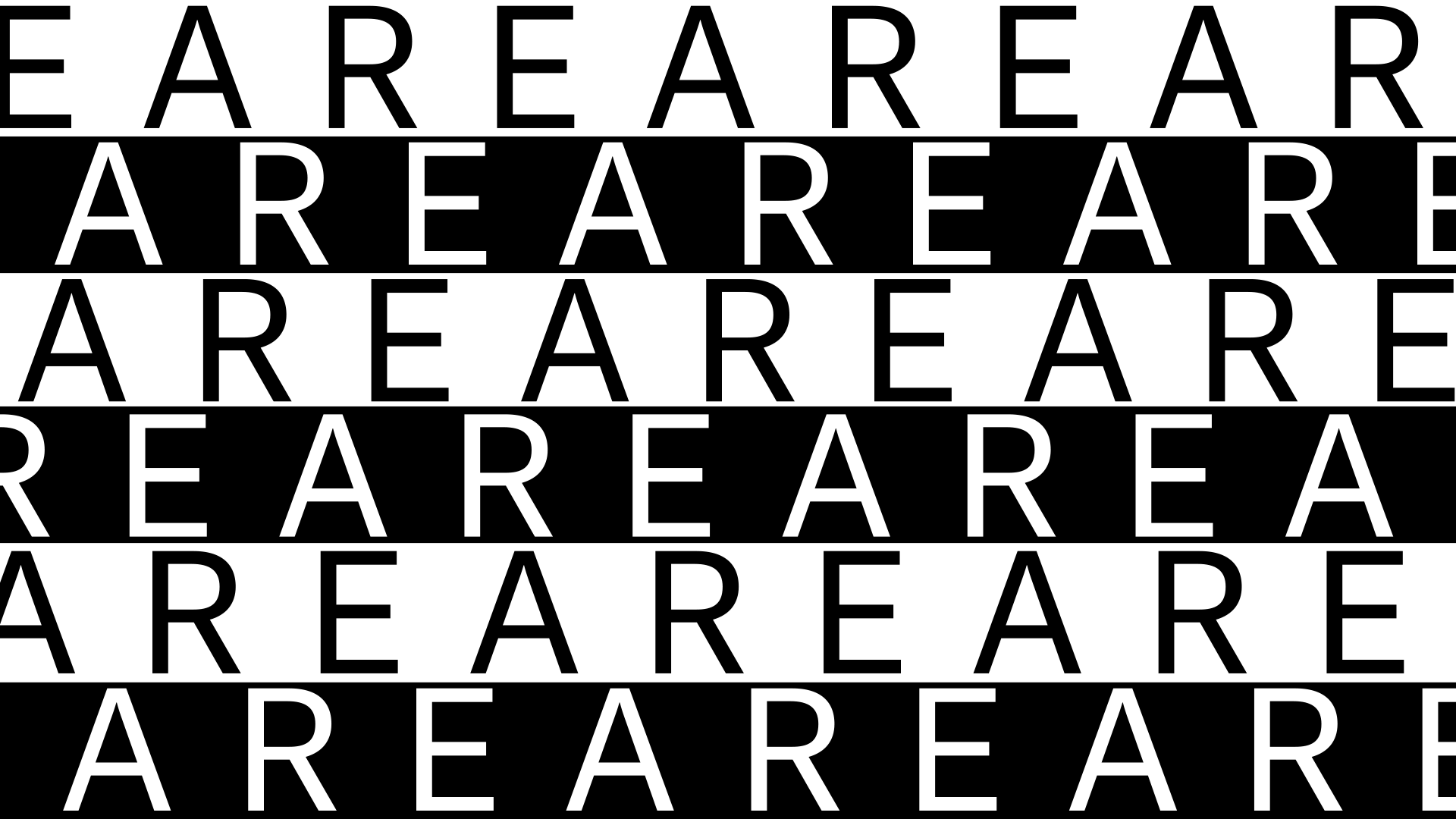UNTRAINING THE EAR:
Listening session n°8
with Pamela Z
EXHIBITION Sonic Gestures
OPENING 23.05.2019 19:00
ON SHOW 24.05.–02.06.2019 Daily 14:00–19:00
PERFORMANCE Other rooms 26.05.2019 20:00 (Doors at 19:00)
TICKETS 8 EUR (Ticketlink)
Followed by a conversation with Zeynep Bulut
All events are accessible by wheelchair.
In her first solo exhibition outside of the US, the renowned composer, experimentalist, sound and media artist Pamela Z will present a sonic exhibition and a solo performance, through which UNTRAINING THE EAR listens to the extra-musicality manifested in her oeuvre.
The four works for voice, video, text and sound, featured in this exhibition (Sonic Gestures, Memory Palace, Parts of Speech, and Declaratives in the First Person) focus on the multi-modality of voice. We listen to the uniqueness of Z's voice, her performativity and embodiment, her ability to freestyle across genres. Her work could be described in the manner of George E. Lewis's text The Virtual Discourses of Pamela Z (2007) [1] as: "post-genre (and post-racial) experimentalism", one rejecting almost any formal description and detailing, or association to one specific musical tradition, especially classifications based on the Western white male avant-garde music. Pamela Z mentions, for example, that framing her vocal techniques as extended is eurocentric. Referring to Tuvan singers in an interview she says that it is "assumed that using the voice in the Western way is normal and going outside of that is extending it. Tuvan singers do not think of themselves as using extended technique. They are just singing. It kind of reminds me of how our society sees being white and male as the normal thing and everybody else as the exceptions, so that women are just ’extended’ men.” [2] The artist’s voice, often layered, in delay, chopped, stretched, detuned, compressed, creates dense utterances through which the mind-body nexus, enabled by her own voice, enters a cosmos of exchanges, between the listeners and herself.
Making wild sounds with an external instrument may seem like exerting control over something, while making those sounds with the voice might seem like losing control (i.e., madness, hysteria?).
Pamela Z employs rhythmically spoken and sung words to resist the formality of language. She uses not only her mouth but her whole face and body to produce sounds, recalibrating relationships and boundaries set between the listener and the performer’s voice. The sonicity of her gestures is amplified, manipulated and processed electronically through sensor-based gesture-controlled instruments, destabilizing the visitor’s relationship to bodily and technological vocalities. Those gestural emissions often perplex the visitor about what is seen and what is heard, offering a way of seeing instigated through listening. The poetic interplay, of the voice and instrument, hence engages with the contradictions of social perceptions and normative modes of listening.
G.E. Lewis writes that "Pamela Z is part of a generation of women sound artists, including Laurie Anderson, Hildegard Westerkamp, and Sarah Peebles who reassert the human need for exchanging stories in a logocentric culture that has privileged written over oral modes of discourse” [4], a generation “that has favored a transient, atemporal notion of space over historical time." [5] Somehow her manipulation with voice, process of phasing it out and back into the foreground of our hearing spheres, complexifies our common understanding of space and time. One might suggest that her use of digital delays and looping, creates sort of a time machine, moving the act of listening between the controlled and uncontrolled manipulation of her voice and speech, of a personal story and the one narrated. In such musical structures, Pamela Z underscores that in delay listening "begins to either lose its meaning, because the repetition makes it stop sounding like a word, or it starts to take on new meaning, because the layering of it or the repeating of it gives the listener something to chew on and digest." [6]
In this UNTRAINING THE EAR exhibition, the grammars of language, technology and listening are dissected and re-imagined. Proposing an experimental grammar to conduct the visitors movement, and time, within and through the simultaneity of Pamela Z's voice.
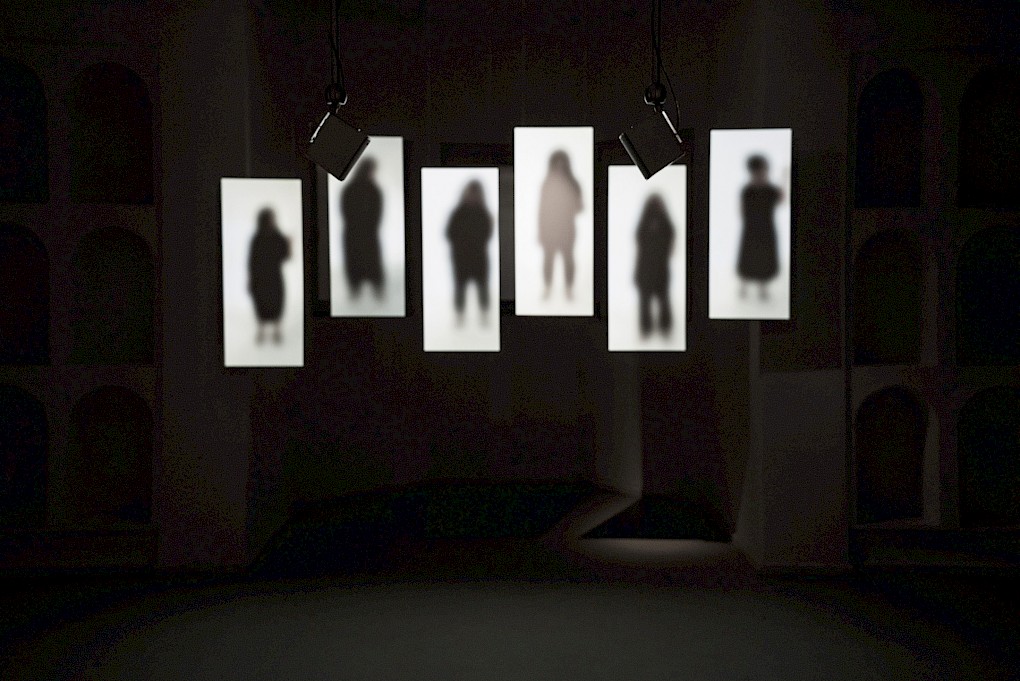
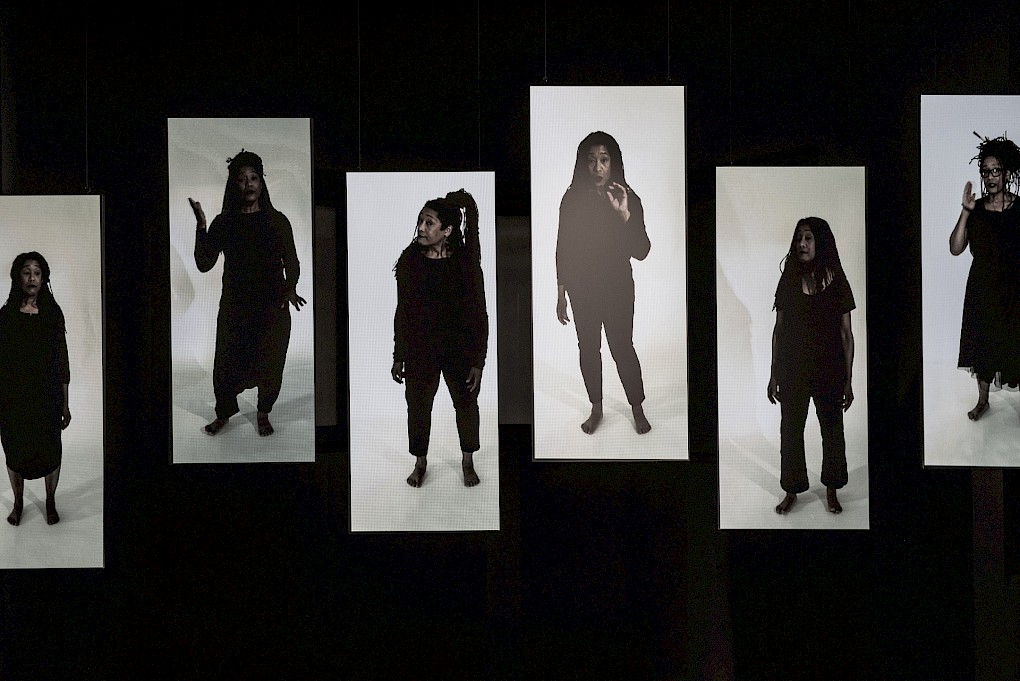
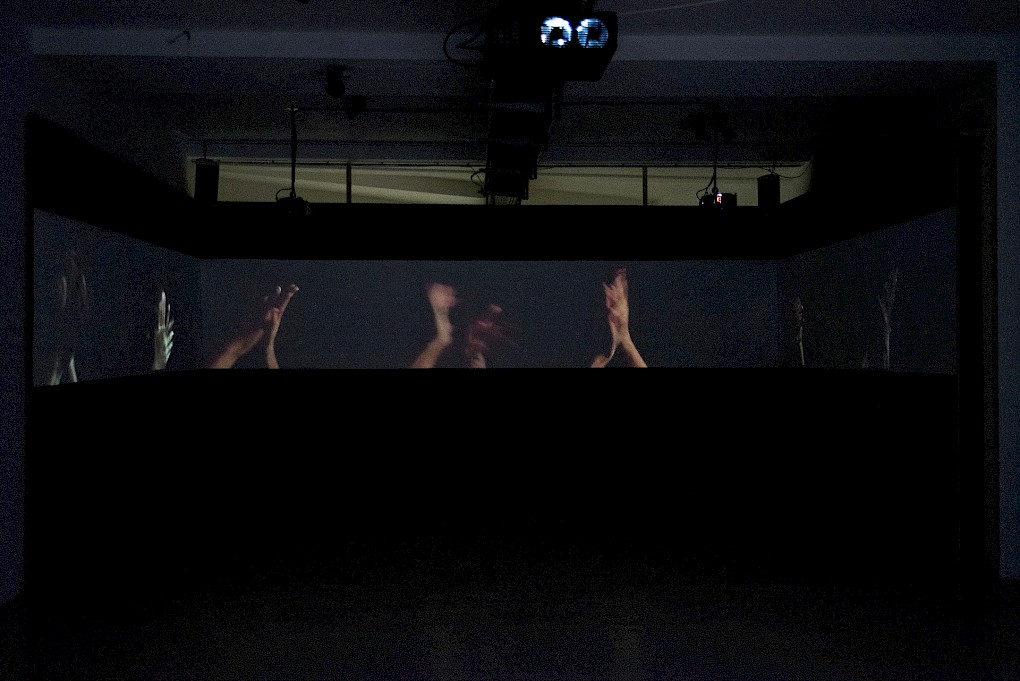

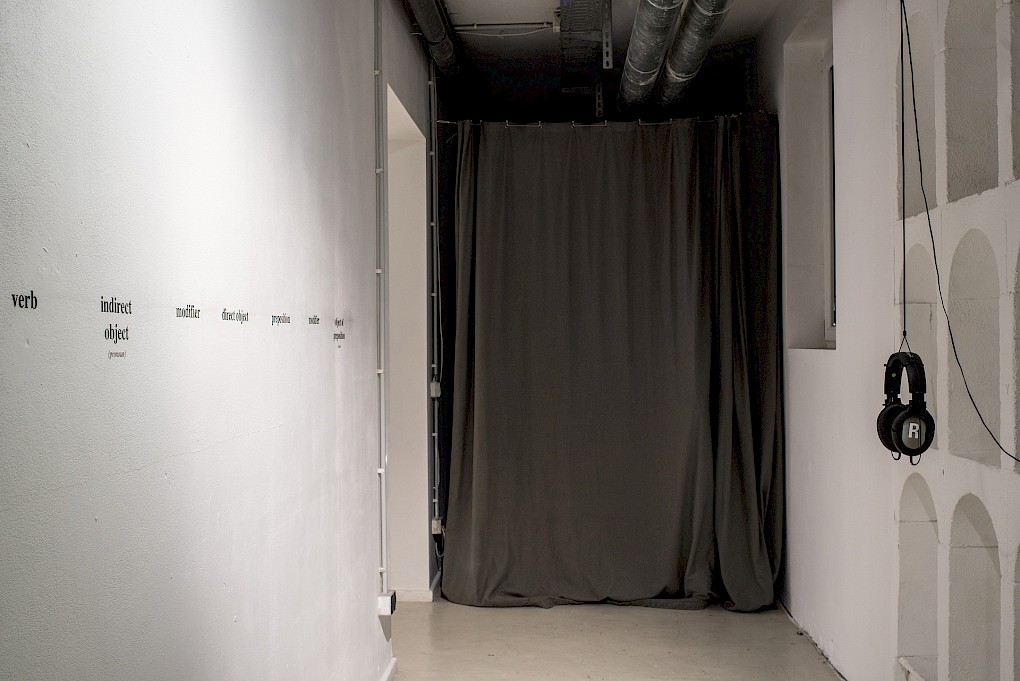
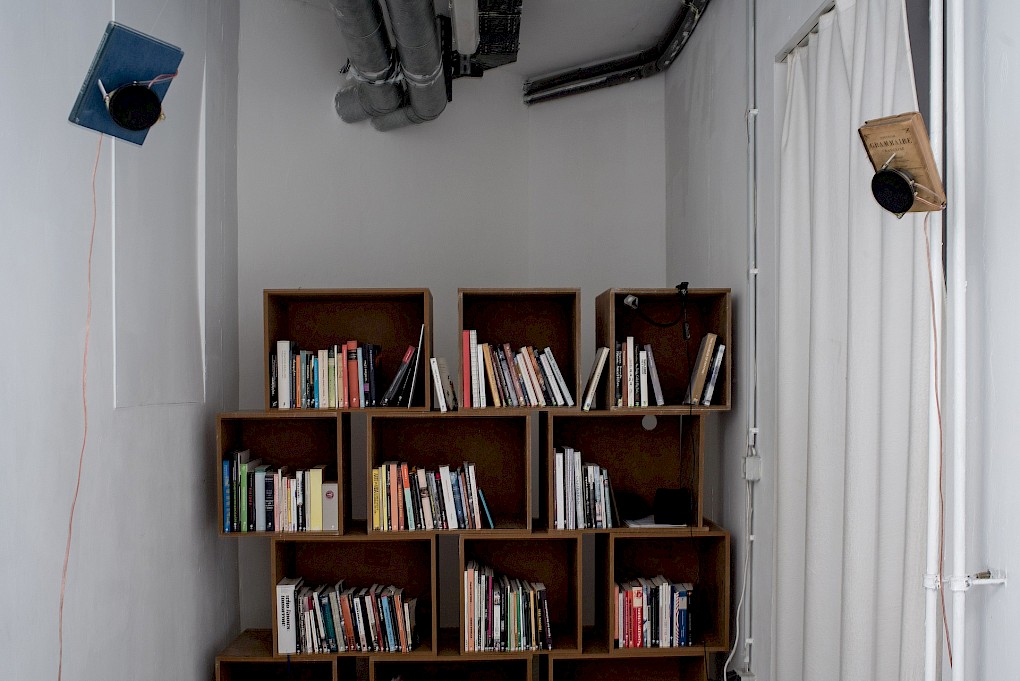

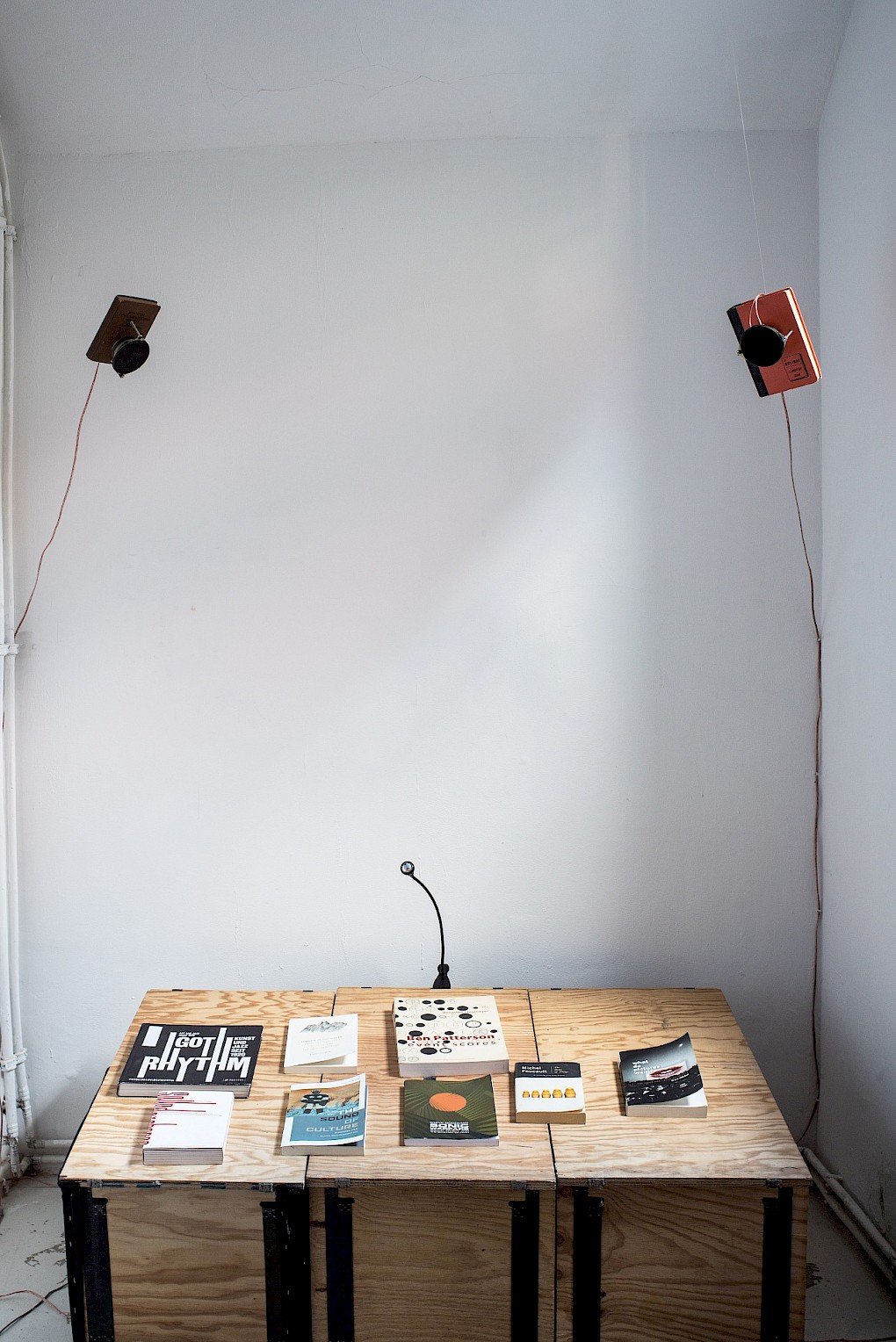

Within the body of the SONIC GESTURES exhibition in the framework of UNTRAINING THE EAR series, the composer Pamela Z will unfold the space performing OTHER ROOMS – a suite of works for voice, electronics, and video. Following the performance, a discussion between Pamela Z and the scholar Zeynep Bulut will trace the idea of sonic gestures and cross-sensory evocations of voicing in the contexts of immersive, site-specific, interactive and multimedia experiences.
In anticipation of Pamela Z’s performance, project your ears and imagination towards unique instances where sounds mix and melt, where the gestures controller triggers typewriter sounds, triggers poems, syllables repeat in silhouettes of rhythms, birdsongs stretched in low and slow, memory and locus are travelled with closed eyes and opened.
The performance comprises a repertoire of various segments of Pamela Z's works through the years including: Quatre Couches (2015), Flare Stains (2010), Typewriter / Declaratives (1995/2005), Syrinx (2003), Badagada (1988), Breathing ( 2013), Unknown Person (2010), Sixteen Actions (2013), Pool (2015), Other Rooms (2018). Quatre Couches is a sonic mille-feuille – juxtaposing four contrasting layers and manually toying with them – mixing them and moving them around on the plate until they all melt away. Flare Stains is a sonic poem on the residue left by emergency flares in which a typewriter uses voice, processing, and typewriter samples (triggered with a gesture controller). Syrinx is named for the avian vocal organ. In this little extract from her longer 2004 sound work, a birdsong is pitch-shifted and consequently stretched until its individual notes are slow enough and low enough to be accurately produced by a human voice. In Badagada, one of my early digital delay pieces, the syllables "ba-da-ga-da-ga-da-ga-da-ga" are layered in multiple delay lines to form a harmonic, rhythmic accompaniment to a melody sung in English. Breathing is a solo version of a movement from a 2013 multimedia chamber work called Carbon Song Cycle. Unknown Person is an excerpt from Baggage Allowance, an intermedia work that scans and inventories the belongings (and memories) we all cart around. Sixteen Actions is a work involving live video capture and gesture controlled audio and video samples. Pool is a short episode from Memory Trace, a full evening solo performance work exploring various aspects of memory. Other Rooms is constructed from samples of the speaking voice of Paul David Young taken from an interview Pamela Z recorded as part of the process of making her performance work, Memory Trace.



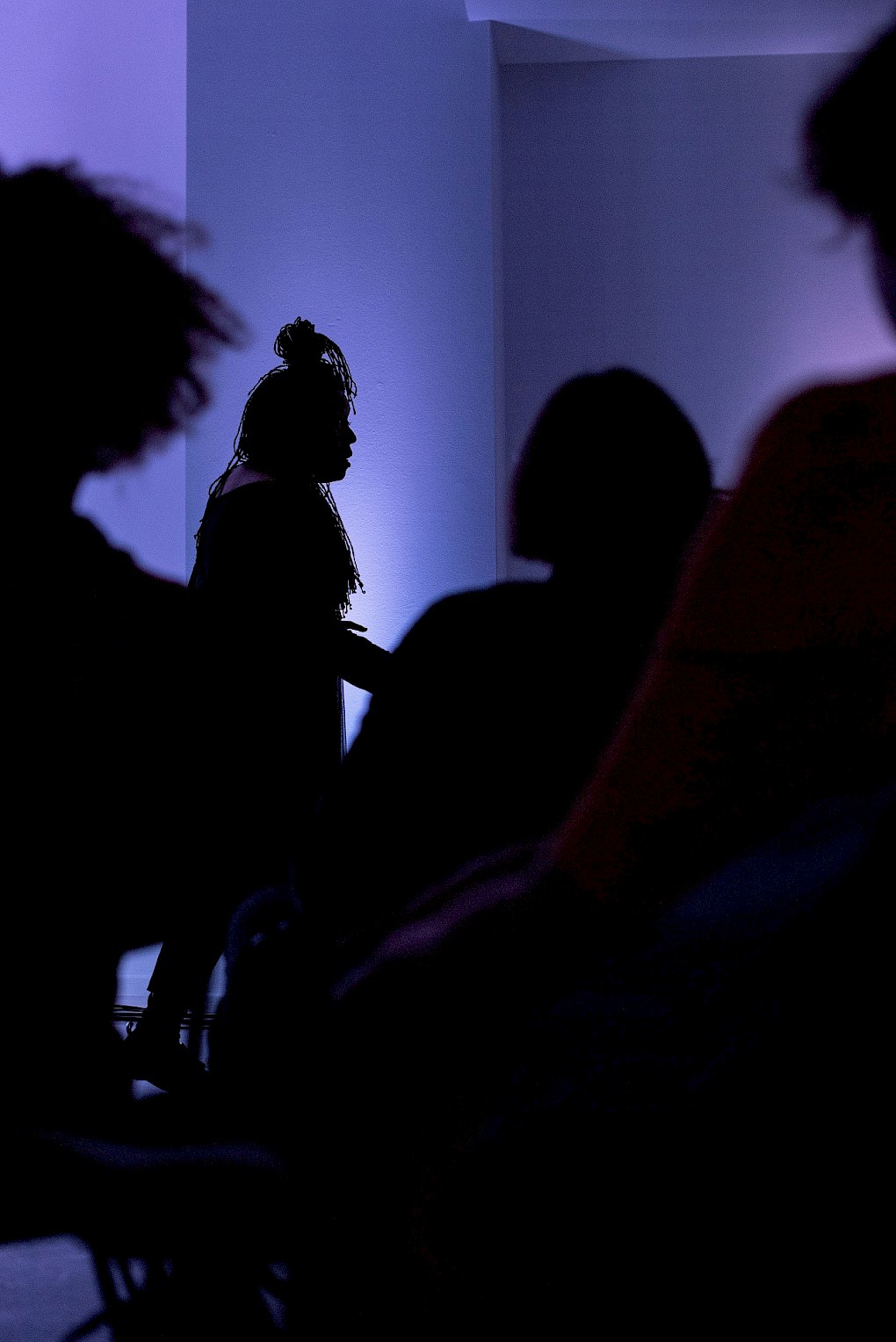

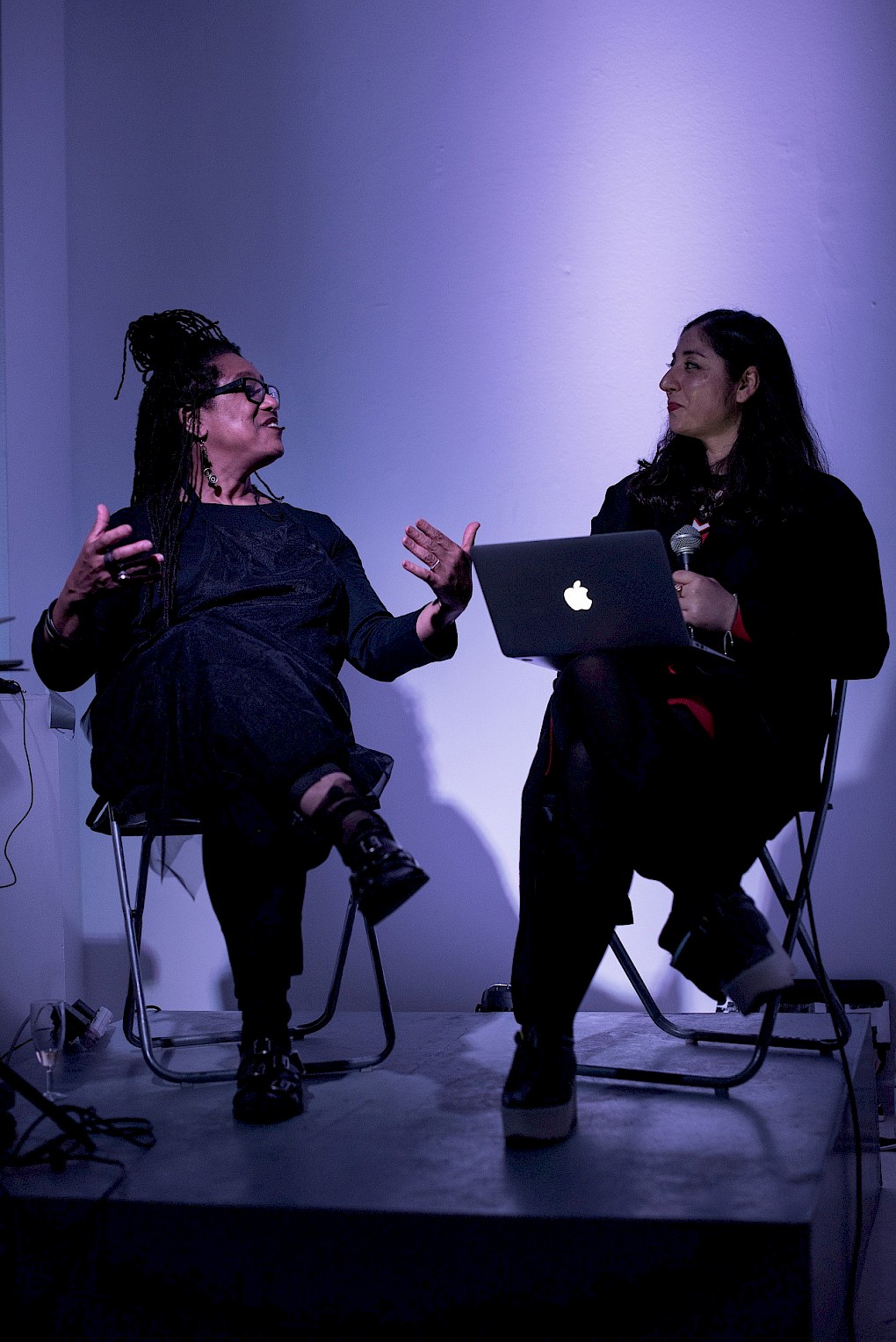
The eighth listening session is a part of a new cycle of Untraining the Ear – a month long program of performances, installations, workshops, symposia, talks, and more magic.
With the Listening Sessions, SAVVY Contemporary, Deutschlandfunk Kultur and CTM Festival suggest an alternative way to listen to music and sound. In order to contextualise how we listen to the world today we also need to replay the past of abounding sonic references. We (the audience, the performers, the space, the radio, the moderators and the technicians) will rhetorically navigate through archives of maverick composers in the attempt to reindex their contributions, to create other possible genealogies and narratives. By involving sound practitioners coming from diverse genres to perform, and scholars to discuss works of the composers, we listen back to the influence and ingeniosity of musicians and sound artists who defy the linearity of 20th century avant-garde music history. We would like to shed light on and unbox works of pioneers such as Halim El-Dabh, Eliane Radigue, Jose Maceda to mention a few. We will also commission new works to echo and reflect (with a contemporary take) rare archival body of works that have been marginalised by history of avant-garde music and sound art.
Curation Kamila Metwaly
Co-Curation Marcus Gammel, Jan Rohlf
ArtisticDirection Bonaventure Soh Bejeng Ndikung, Antonia Alampi, Elena Agudio
Production Beya Othmani, Ola Zielińska
Communication Jasmina Al-Qaisi, Anna Jäger
Visuals Elsa Westreicher, Lili Somogyi
Management Lema Sikod, Lynhan Balatbat-Helbock
In Collaboration with Deutschlandfunk Kultur and CTM Festival
ON AIR Klangkunst by Deutschlandfunk Kultur, presented by Esther Schelander
Support Musicboard Berlin
George E. Lewis, “The Virtual Discourses of Pamela Z,“ Journal of the Society for American Music 1/1 (2007).
Kathy Kennedy. “A Few Facets of Pamela Z,” MUSICWORKS Interview, 2000, www.pamelaz.com/musicworks.html.
Pamela Z. “A Tool Is a Tool,” Women, Art, and Technology, The MIT Press, 2003, 349–361.
Ibid.
Ibid.
Tara Rodgers. “Pamela Z,” Pink Noises: Women on Electronic Music and Sound. Duke University Press, 2010, 219.

